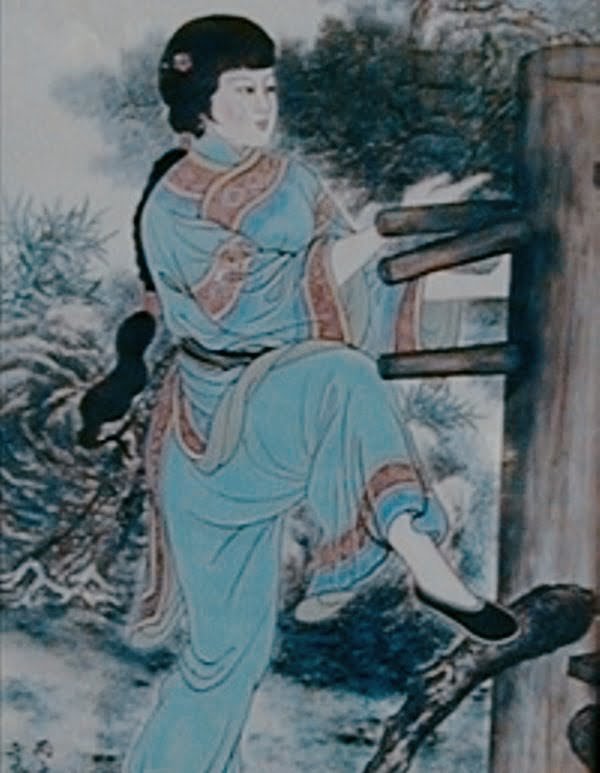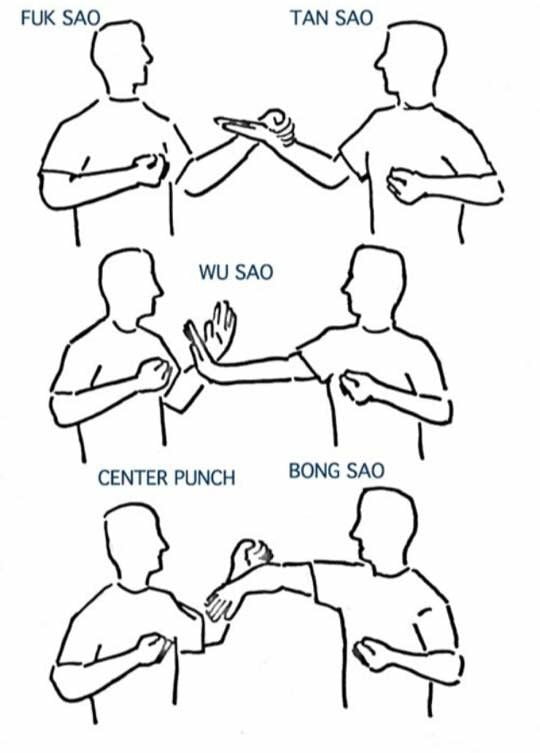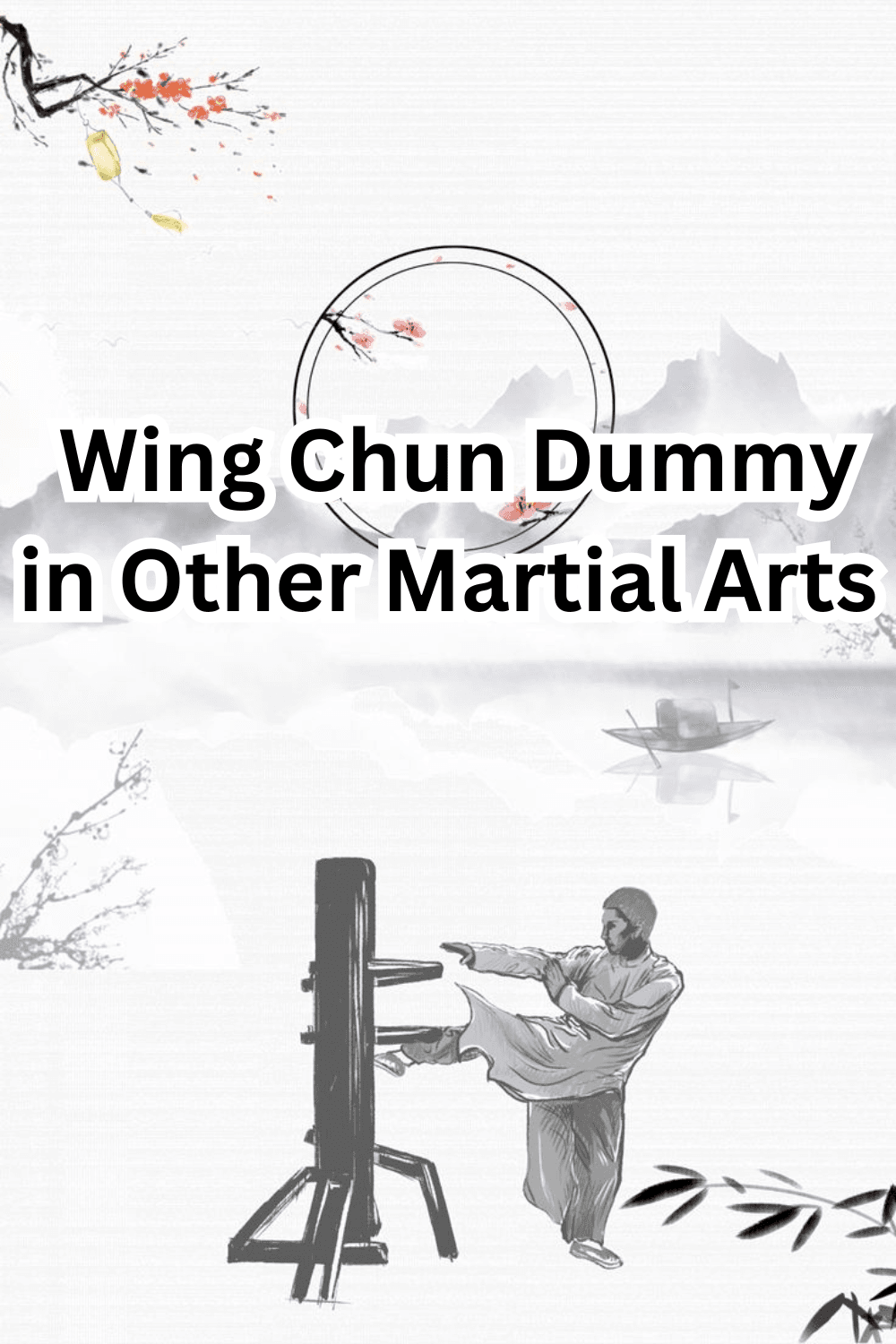Wing Chun, a legendary figure in martial arts history, was a master of the Wing Chun style of kung fu.
Born in the 18th century in China.
Wing Chun’s true identity remains shrouded in mystery, with many details about her life lost to time.
However, her teachings and techniques have endured, leaving a lasting impact on the world of martial arts.
Wing Chun’s skills were honed under the guidance of her master, who imparted invaluable wisdom on the art of fighting.
Through her training, Wing Chun learned not only physical techniques but also valuable insights into strategy, mindset, and philosophy.
Let’s delve into some of the key lessons passed down by her master.
Watch full movie here on YouTube
The Importance of Efficiency

One of the fundamental principles taught by Wing Chun’s master was the importance of efficiency in combat.
Wing Chun was trained to focus on techniques that were simple, direct, and effective.
This emphasis on efficiency allowed her to overcome opponents who were physically stronger or larger.
Her master emphasized the concept of “economy of motion,” teaching Wing Chun to use the least amount of energy and movement to achieve maximum results.
This approach enabled her to strike with precision and speed, making her a formidable opponent.
The Power of Centerline Theory

Centerline theory is a core principle of Wing Chun that her master emphasized.
The centerline refers to an imaginary line down the middle of the body, connecting the head, neck, chest, and groin.
By controlling the centerline, Wing Chun could effectively defend herself and launch counterattacks.
Wing Chun’s master taught her to maintain a strong centerline position, ensuring that her attacks and defenses were focused and controlled.
This allowed her to exploit openings in her opponent’s defenses while minimizing her own vulnerabilities.
Mindset and Adaptability
Wing Chun’s master understood that fighting was not just about physical techniques but also about mindset and adaptability.
He taught her to cultivate a calm and focused state of mind, enabling her to react quickly and make split-second decisions in combat.
Furthermore, Wing Chun was encouraged to be adaptable and flexible in her approach to fighting. Her master emphasized the importance of being able to adjust her techniques based on the situation and the characteristics of her opponent.
This versatility allowed Wing Chun to effectively handle different fighting styles and opponents of varying sizes and strengths.
The Philosophy of Simplicity

Wing Chun’s master believed in the power of simplicity.
He taught her to strip away unnecessary movements and techniques, focusing on the essential principles of Wing Chun.
By embracing simplicity, Wing Chun was able to develop a highly efficient and effective fighting style.
The philosophy of simplicity extended beyond physical techniques.
Wing Chun’s master also emphasized the importance of simplicity in thought and decision-making.
By keeping her mind clear and uncluttered, Wing Chun was able to respond swiftly and decisively in combat.
Conclusion
Wing Chun’s master imparted invaluable lessons on the art of fighting, shaping Wing Chun into a formidable martial artist.
The principles of efficiency, centerline theory, mindset, adaptability, and simplicity continue to be core tenets of the Wing Chun style.
While the identity of Wing Chun may remain a mystery, her contributions to martial arts are undeniable.
Through her master’s teachings, Legacy of Wing Chun lives on, inspiring countless practitioners to embrace the principles of Wing Chun and strive for excellence in combat.
Let us know about your thoughts on the Legacy of Wing Chun.
Thanks



